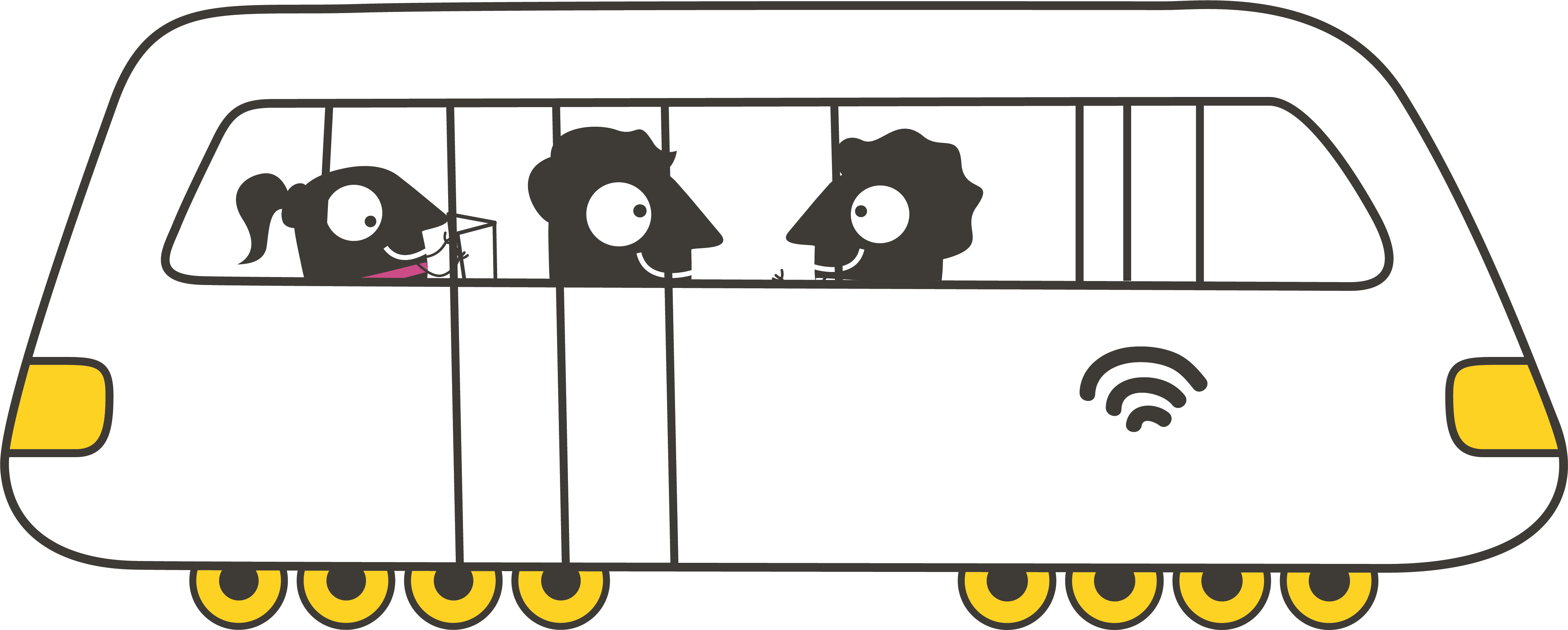Why do we travel? Is it to learn more about other people and places? To explore new cultures and cuisines? Today, there are more ways to travel than ever before. In our fast-paced world, people are often focused on ticking destinations off a list, instead of slowing down and enjoying the journey. ‘Slow travel’ is a movement pushing back against the idea that “more” is better and “faster” is always fun.
Like the Slow Food Movement, which began in Italy in the 1980s as a way to protect local cuisine and traditional farming and cooking methods, Slow Travel underlines connection to people and places, and rejects the ‘fast life’.
Slow travel, and tourism, encourages people to take their time while exploring local heritage and history, and to keep an eye on how their travel and activities impact the local community and the environment.
Sustainable and active mobility is an important part of slow travel because it helps to reduce emissions and save energy. This could mean choosing to take the train for several hours to your destination of choice, instead of opting for a one-hour flight. Or it could mean planning a bike trip to a nearby town or heritage site, instead of renting a car.
In addition to saving energy and helping to reduce transport related emissions, travelling sustainably can also add to the travel experience: just take a look at these six train routes across some of Europe’s most beautiful landscapes, including the German Rhineland, the Swiss and Italian Alps, Ireland’s Golden Vale and the Tarn Valley in France. All of these trips can be taken with an Interrail pass. When you travel ‘slowly’ the journey becomes as important as the destination.
Of course, it is not always possible to choose public transport or active mobility modes to arrive at your destination. However, slow travel is also about mindset. It can be practised once you arrive at your destination - by choosing to travel sustainably to local sites and restaurants and to support local businesses - and encourages you to live in the moment, while reflecting on how and why you travel.
Some tourist destinations are starting to support ‘slow travellers’ by making it easier to make sustainable travel choices. For example, Destination nature is a programme offered to visitors of the Swiss National Park and surrounding areas. The programme creates, and promotes, travel packages with attractive public transport prices. There are also many innovative, flexible and sustainable mobility options on site to support travellers as their plans develop.
So, the next time you’re thinking about travel, ask yourself: why do I want to go here? How do I want to get there? What impact am I leaving behind? If you ask yourself these questions, then you may begin to see how slow travel can help you get the most out of your experience, while leaving less behind.



